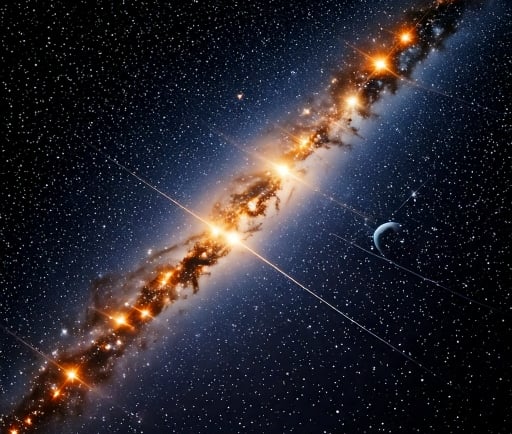Main Sequence Stars: The Backbone of the Universe


Introduction to Main Sequence Stars
Main sequence stars play a critical role in the cosmos, serving as the most common type of star in the universe. Scientists classify these stars as those that engage in the nuclear fusion of hydrogen into helium at their cores. This transformative process not only fuels the stars but also governs their fundamental properties, including luminosity, color, and size.
The Characteristics of Main Sequence Stars
Ranging in mass from a fraction of the sun's to over 200 times its mass, main sequence stars exhibit a diverse array of characteristics. Their luminosity can vary significantly, allowing these celestial bodies to be categorized into different spectral classes. Moreover, the color of these stars, from hot blues to cool reds, corresponds to their temperature. For instance, more massive stars tend to be hotter and burn brighter, while smaller stars shine less intensely.
The Lifetime of Main Sequence Stars
Main sequence stars are remarkable not only for their prevalence but also for their longevity. These stellar entities can exist for millions to billions of years, depending on their mass. Larger stars have shorter lifespans due to their rapid fuel consumption, while smaller ones can linger for eons before their life cycle progresses to the next phase of stellar evolution. The study of main sequence stars ultimately sheds light on the broader mechanisms of the universe, including stellar formation and the lifecycle of cosmic entities.
